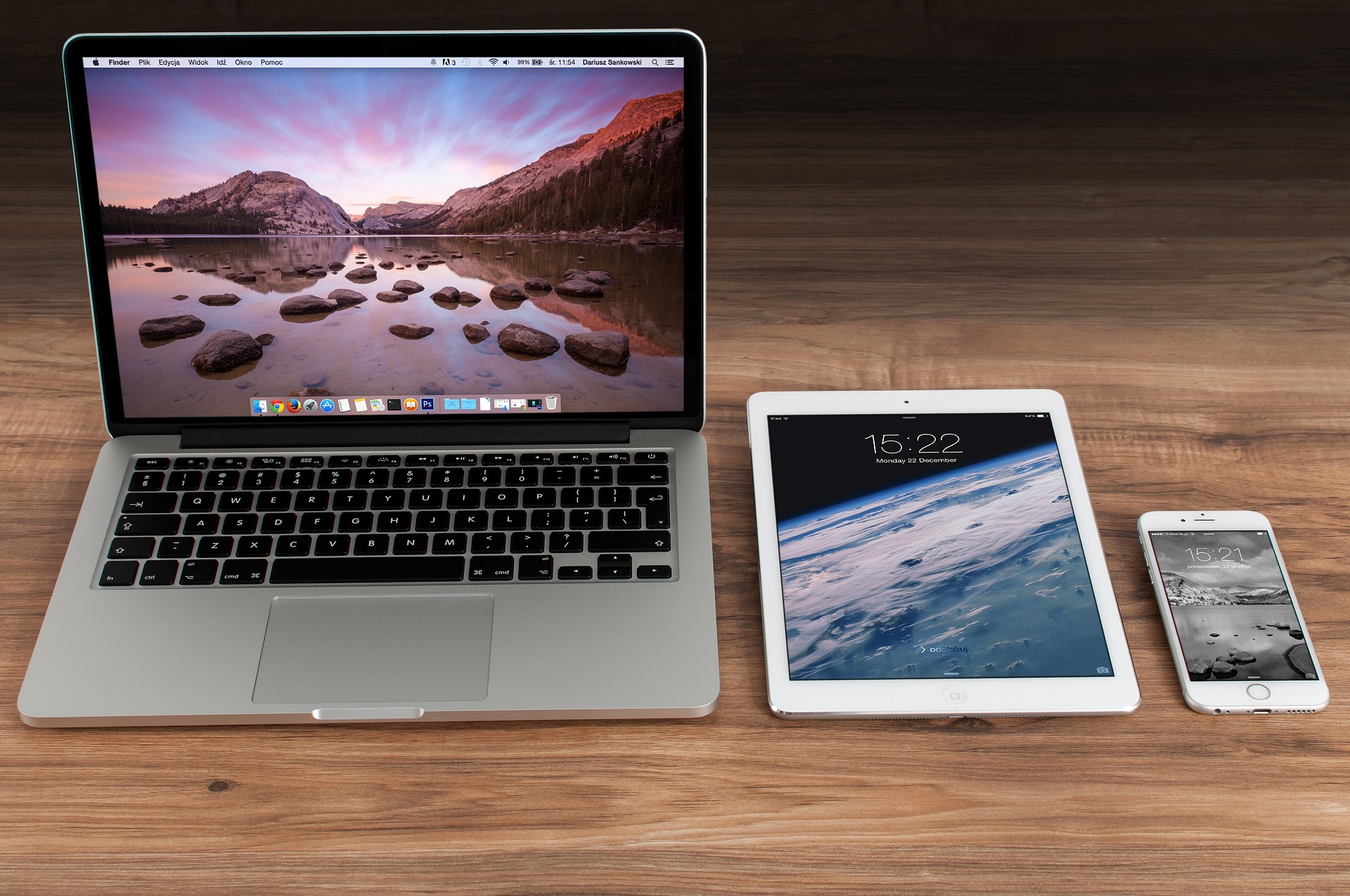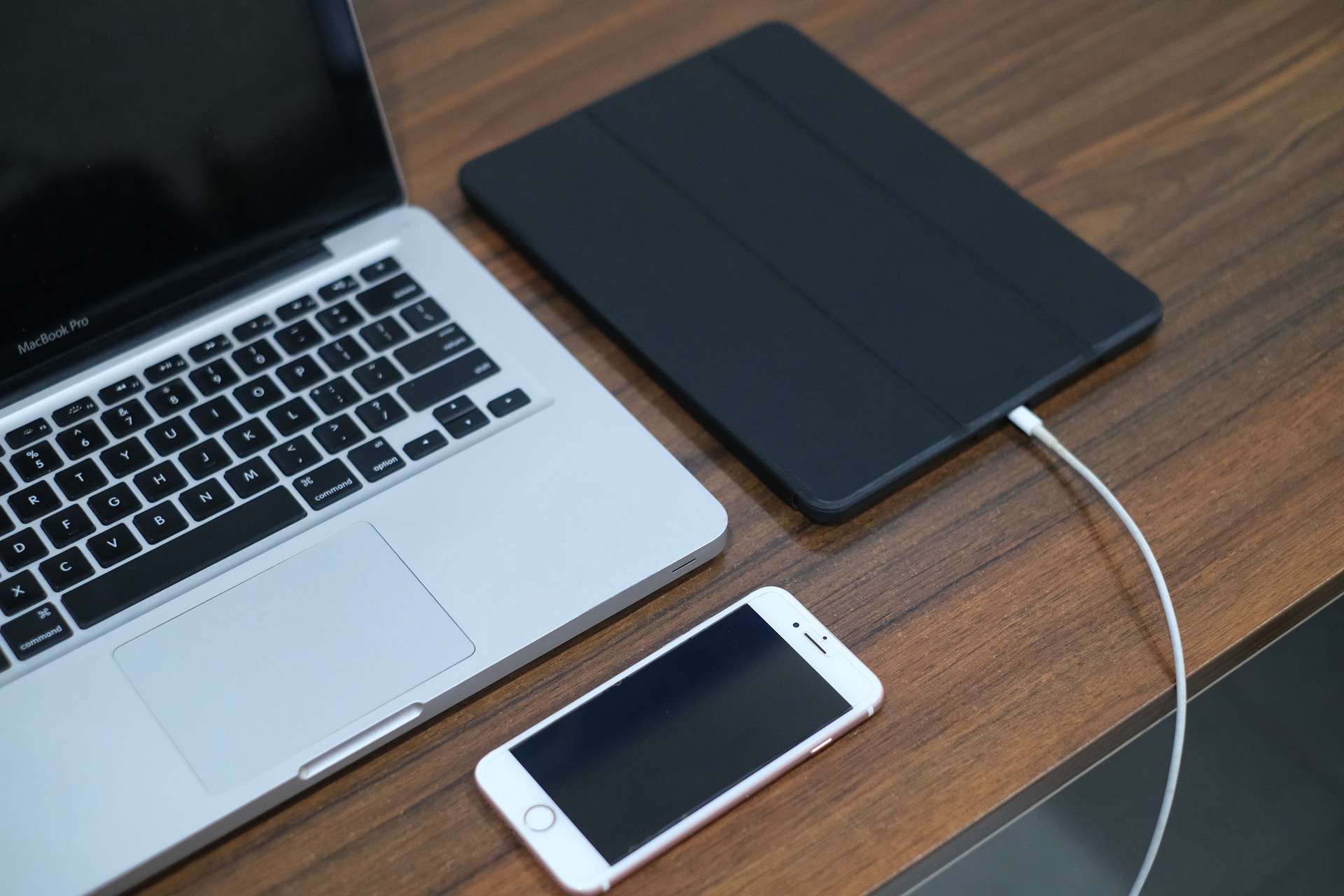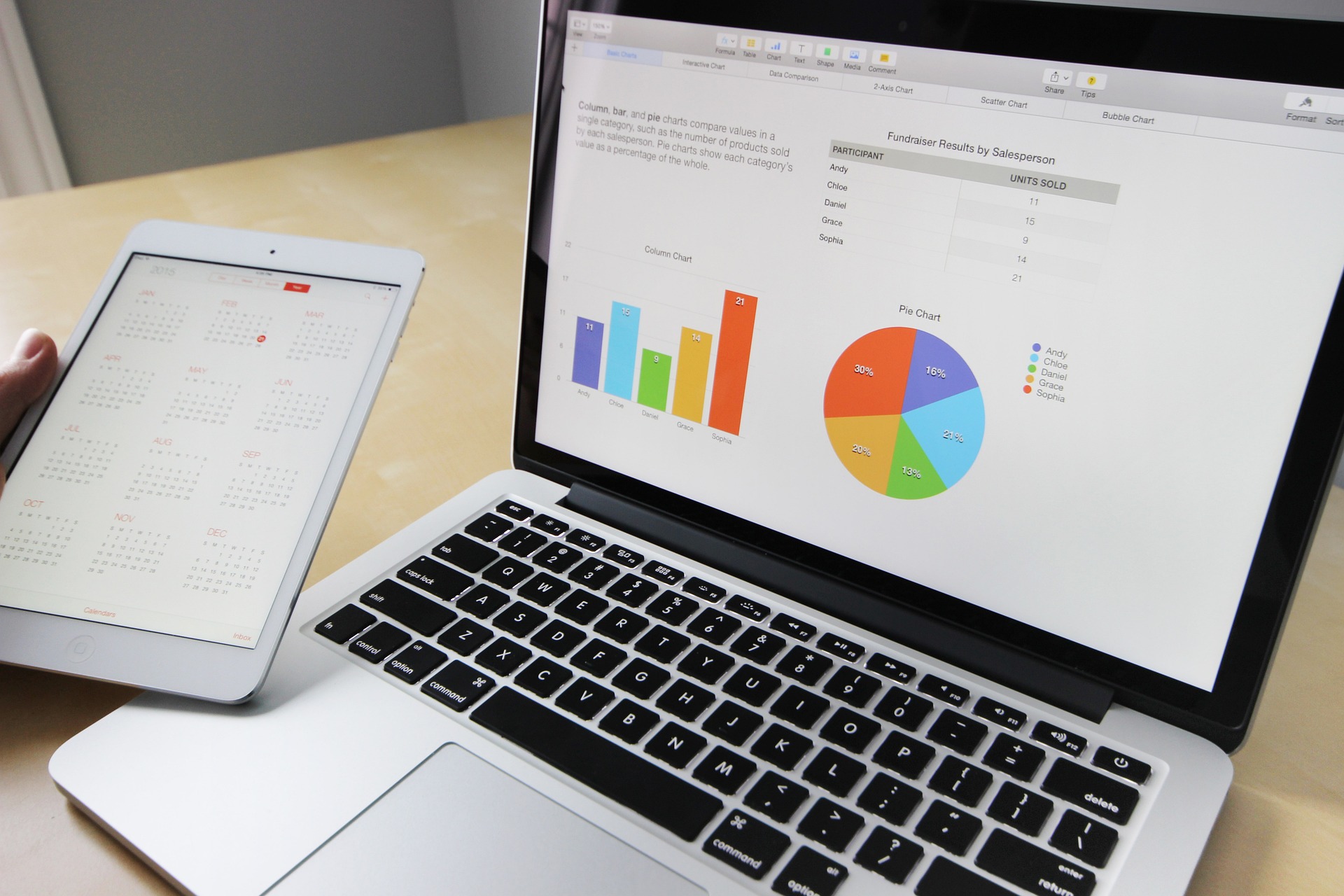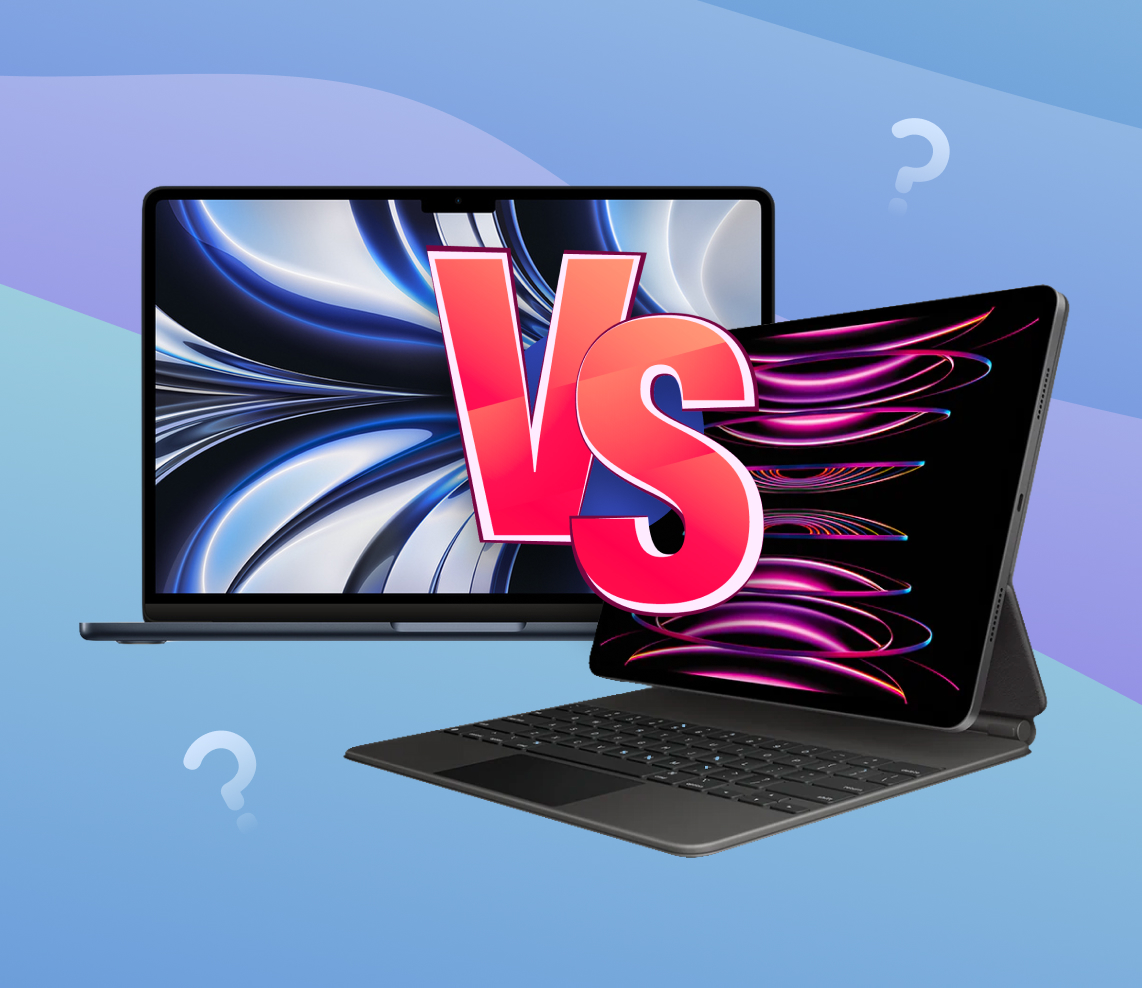In this article, we compare Apple’s two popular portable computing devices: the iPad and the MacBook. We’ll explore their differences in form factor, operating systems, performance, and usage scenarios. The iPad, a tablet with a touch-based interface, is designed for content consumption and portability, while the MacBook, a traditional laptop, excels in productivity and performance. Both devices have their advantages and disadvantages, and the choice depends on individual needs and preferences.
iPad vs MacBook: Overview and Key Differences
When it comes to choosing a portable computing device, Apple offers two popular options: the iPad and the MacBook. Both devices cater to different needs and preferences, and understanding their key differences is essential for making an informed decision. In this article, we will delve into the disparities between the iPad and the MacBook, considering factors such as form factor, operating system, performance, and usage scenarios.
Understanding the Differences in Form Factor and Operating System
The most apparent dissimilarity between the iPad and the MacBook lies in their form factors and operating systems. The iPad is a tablet, characterized by its touch-based interface and lightweight design. It features a single slab display and utilizes Apple’s iOS operating system, which is optimized for touch input and offers a vast array of tablet-optimized applications through the App Store.
On the other hand, the MacBook is a traditional laptop, complete with a physical keyboard and trackpad. It boasts a clamshell design with a hinged display that can be opened and closed. The MacBook runs on Apple’s macOS operating system, providing a more familiar desktop experience with a trackpad and keyboard-driven interface. macOS supports a wide range of desktop applications, including those from the Mac App Store and third-party sources.
To learn more about Apple’s iOS and macOS operating systems, you can visit Apple’s official iOS webpage and Apple’s official macOS webpage.
Comparing Performance and Usage Scenarios
While both the iPad and the MacBook are capable devices, they differ in terms of performance and usage scenarios. The iPad is primarily designed for content consumption, offering a seamless experience for web browsing, multimedia consumption, and casual gaming. Its touch-centric interface and portability make it an excellent choice for tasks that benefit from direct interaction, such as reading e-books, watching videos, and using specialized tablet applications.
On the other hand, the MacBook is geared towards productivity and performance. With more powerful hardware specifications, including faster processors and greater storage capacities, the MacBook excels at resource-intensive tasks like video editing, software development, and graphic design. Additionally, the MacBook’s keyboard and trackpad, combined with the versatility of macOS, make it ideal for multitasking, content creation, and professional workflows.
Assessing Advantages and Disadvantages
Each device has its own set of advantages and disadvantages. Let’s take a closer look:
| Category | ? iPad | ?️ MacBook |
|---|---|---|
| Advantages |
|
|
| Disadvantages |
|
|
Ultimately, the choice between an iPad and a MacBook depends on individual needs, budget, and desired usage scenarios. For casual users who prioritize portability and touch-based interaction, the iPad offers a fantastic experience. Meanwhile, professionals or those requiring more computing power may find the MacBook better suited to their requirements.
It’s worth considering that Apple regularly updates both the iPad and the MacBook lineups, so it’s essential to compare the specifications and features of the latest models before making a purchase decision.
iPad Pro or MacBook Pro: Which Pro Device is Right for You?
Now that we have examined the general differences between iPads and MacBooks, let’s take a closer look at specific models within each category. In this section, we will compare the iPad Pro and the MacBook Pro, two powerful devices designed for professional use. We will explore their key features, performance capabilities, and intended usage scenarios, helping you determine which “pro” device aligns best with your needs.

Target Audiences and Use Cases
The iPad Pro is designed with versatility in mind, appealing to individuals who prioritize mobility and touchscreen functionality. It’s a great option for artists, designers, students, and professionals who value a portable yet powerful device for tasks like sketching, note-taking, content creation, and multimedia consumption. With the Apple Pencil and various creative apps available, the iPad Pro offers a unique and intuitive user experience.
On the other hand, the MacBook Pro targets professionals who require a traditional laptop experience with advanced computing capabilities. It caters to software developers, video editors, graphic designers, and other professionals who rely heavily on resource-intensive tasks. The MacBook Pro offers a full-fledged operating system, a physical keyboard, and a wide range of software applications that may not be available or optimized for the iPad Pro.
Performance and Power Comparison
Both the iPad Pro and MacBook Pro boast impressive performance and power, but they differ in their underlying architecture. The MacBook Pro features Intel or Apple Silicon processors, offering high computational power and multitasking capabilities. It’s equipped with larger storage options, extensive RAM configurations, and dedicated graphics cards, making it ideal for demanding workloads and resource-hungry applications.
The iPad Pro, on the other hand, utilizes Apple’s custom-designed A-series chips, which provide exceptional performance and energy efficiency. While it may not match the raw power of the MacBook Pro, the iPad Pro excels in tasks that benefit from its touch interface, such as drawing, photo editing, and certain creative workflows. The iPad Pro’s integration with the Apple ecosystem also allows for seamless interaction with other Apple devices.
Software Compatibility and Productivity Features
Software compatibility is an important consideration when choosing between the iPad Pro and MacBook Pro. The MacBook Pro runs macOS, a full desktop operating system that supports a wide range of professional software applications, including resource-intensive programs and development environments. It offers robust multitasking capabilities and compatibility with peripheral devices.
Meanwhile, the iPad Pro runs iPadOS, a mobile operating system with a growing catalog of optimized apps for touch input. While iPadOS offers a unique and intuitive user experience, some professional software applications may have limited functionality or availability on the platform. However, the iPad Pro excels in productivity features like split-screen multitasking, Apple Pencil integration, and touch-based gestures, enhancing the overall workflow for specific tasks.
In conclusion, choosing between the iPad Pro and MacBook Pro depends on your specific needs and priorities. Consider factors such as mobility, touchscreen functionality, software compatibility, and resource requirements. For on-the-go creativity and versatile functionality, the iPad Pro may be the right choice. If you require a traditional laptop experience with powerful performance and software compatibility, the MacBook Pro could be the better fit.
For more information on the differences between the iPad Pro and MacBook Pro, you can visit the official Apple website: www.apple.com.
iPad Pro vs MacBook Air: Choosing Between Power and Portability
If you are seeking a balance between power and portability, you may be deciding between the iPad Pro and the MacBook Air. In this section, we will delve into the differences between these two devices, examining their performance, form factors, and the specific scenarios for which they are most suitable. By understanding the trade-offs between power and portability, you can make an informed decision on whether the iPad Pro or MacBook Air is the right choice for you.

Target Audiences and Use Cases
The iPad Pro and MacBook Air target different audiences and use cases. The iPad Pro appeals to creative professionals, artists, and individuals who value a tablet’s versatility and touch interface. It offers powerful processing capabilities and supports Apple Pencil, making it a great choice for digital artists, designers, and photographers.
On the other hand, the MacBook Air caters to users who prioritize portability and productivity. It is ideal for students, business professionals, and individuals who need a lightweight laptop for everyday tasks such as web browsing, word processing, and multimedia consumption.
Performance, Portability, and Battery Life Comparison
The iPad Pro boasts impressive performance with its powerful A-series chips and abundant RAM. It can handle resource-intensive tasks such as video editing, 3D rendering, and gaming. Additionally, its Liquid Retina display provides an immersive visual experience.
While the MacBook Air may not offer the same level of performance as the iPad Pro, it still provides ample power for everyday tasks. Its Intel processors and integrated graphics ensure smooth multitasking and sufficient performance for productivity applications. The MacBook Air’s retina display offers excellent clarity and color accuracy for work and entertainment purposes.
In terms of portability, the iPad Pro’s slim design and light weight make it highly portable, allowing users to carry it effortlessly. Its detachable keyboard and support for Apple Pencil enhance productivity on the go. However, the MacBook Air, despite being a laptop, is also extremely lightweight and thin, making it easy to carry in a backpack or briefcase.
Battery life is a crucial consideration for users who are frequently on the move. The iPad Pro boasts an impressive battery life, lasting up to 10 hours of continuous usage. On the other hand, the MacBook Air offers even more extended battery life, with some models lasting up to 12 hours, ensuring uninterrupted productivity throughout the day.
Software Compatibility and Affordability Considerations
Software compatibility is an essential factor when deciding between the iPad Pro and MacBook Air. The MacBook Air runs macOS, a desktop operating system that supports a wide range of professional software applications. This includes resource-intensive programs and development environments, making it suitable for various industries.
The iPad Pro runs iPadOS, a mobile operating system with a growing catalog of optimized apps for touch input. While it may not have the same level of software compatibility as macOS, it provides an extensive app ecosystem, including powerful creative and productivity tools.
When it comes to affordability, the iPad Pro generally tends to be more expensive than the MacBook Air due to its advanced technology and features. However, the MacBook Air provides a more cost-effective option without compromising on essential functionality and performance.
Ultimately, the choice between the iPad Pro and MacBook Air depends on individual needs, preferences, and budget constraints. Assessing your specific use cases, desired performance, portability, software compatibility, and budget will help you make an informed decision.
For more information on the iPad Pro and MacBook Air, you can visit the following trusted websites:
iPad Air vs MacBook Air: Striking a Balance Between Portability and Performance
For those prioritizing portability while still requiring solid performance, the iPad Air and the MacBook Air are both compelling options. In this section, we will compare these two devices, analyzing their specifications, features, and intended use cases. By weighing the trade-offs between portability and performance, you can determine whether the iPad Air or MacBook Air best fits your requirements.
Target Audiences and Use Cases
The iPad Air and MacBook Air target different audiences and use cases, each excelling in their respective domains. The iPad Air is designed for users who prioritize portability and flexibility. It offers a lightweight form factor and a touch-screen interface, making it perfect for on-the-go productivity, creative tasks, and entertainment. Students, digital artists, and professionals who need to stay mobile often gravitate towards the iPad Air.
On the other hand, the MacBook Air is geared towards individuals who require more computational power and a traditional laptop experience. It is well-suited for tasks that demand heavy processing, such as video editing, programming, and multitasking. Professionals, content creators, and those who rely heavily on software applications typically lean towards the MacBook Air.
Performance, Portability, and Battery Life Comparison
When comparing performance, portability, and battery life, both the iPad Air and MacBook Air offer impressive capabilities, but with some trade-offs to consider.
- ⚡️ Performance: The MacBook Air, equipped with powerful Intel or Apple Silicon processors, delivers superior performance when it comes to demanding tasks. Its higher processing power enables faster rendering, smoother multitasking, and efficient resource utilization. The iPad Air, although equipped with a robust Apple A-series chip, is optimized for mobile use and may not match the MacBook Air’s computational prowess.
- ✈️ Portability: The iPad Air’s slim and lightweight design makes it highly portable, allowing users to comfortably carry it anywhere. Its touch-screen interface enhances usability in tablet mode, providing a versatile computing experience. Meanwhile, the MacBook Air maintains a slim profile but is slightly heavier due to additional hardware components, such as a keyboard and trackpad.
- ? Battery Life: The iPad Air boasts excellent battery life, typically lasting up to 10 hours or more depending on usage. This makes it an excellent companion for extended periods without access to charging. The MacBook Air also offers respectable battery life, but due to its more powerful hardware, it may not match the longevity provided by the iPad Air.
Software Compatibility and Budget Considerations
Software compatibility and budget considerations play a crucial role in choosing between the iPad Air and MacBook Air.
The MacBook Air runs macOS, a robust operating system that supports a wide range of professional software applications. This makes it an excellent choice for individuals heavily reliant on specific software, such as developers, designers, and video editors.
The iPad Air operates on iPadOS, a versatile mobile operating system that offers a rich selection of apps optimized for touch-screen interaction. While it may not have the same level of software compatibility as macOS, it provides an extensive app ecosystem, including powerful creative and productivity tools.
When it comes to budget considerations, the iPad Air generally offers a more affordable entry point compared to the MacBook Air. However, additional accessories, such as the Apple Pencil and Magic Keyboard, can increase the overall cost.
Ultimately, the decision between the iPad Air and MacBook Air boils down to your specific needs, preferences, and the tasks you intend to perform. It is advisable to consider your target use cases, desired performance, portability, software compatibility, and budget constraints to make an informed choice.
For more information on the iPad Air and MacBook Air, you can visit the official Apple website:
Conclusion
In conclusion, whether you prioritize portability and touch-based interaction or require powerful performance and software compatibility, Apple’s iPad and MacBook devices offer distinct experiences. The iPad Pro targets creative professionals and artists who value versatility, while the MacBook Pro caters to those needing advanced computing capabilities. For a balance between power and portability, the iPad Air is suitable for on-the-go productivity, while the MacBook Air provides superior performance for resource-intensive tasks. Considering factors such as target audience, specific use cases, software compatibility, and budget will guide you in making an informed decision.
FAQ
Yes, with the right accessories and apps, you can use an iPad as a laptop-like device. However, it’s important to note that the iPad has some limitations compared to a MacBook. While it offers a similar form factor and versatility, the iPad’s operating system, iOS (or iPadOS), is designed primarily for touch input and mobile applications. It may not provide the same level of productivity and software compatibility as a MacBook.
The iPad and MacBook are both Apple devices but serve different purposes. The iPad is a tablet computer that emphasizes portability, touch interaction, and a wide range of apps from the App Store. It is designed for consuming media, browsing the internet, and running mobile applications. On the other hand, a MacBook is a traditional laptop that provides a more comprehensive computing experience. It offers a full-fledged operating system (macOS), a physical keyboard, and a trackpad, making it suitable for tasks such as content creation, software development, and heavy multitasking.
Choosing between a Mac and an iPad depends on your specific needs and use cases. If you require a powerful and versatile device for tasks like video editing, graphic design, programming, or running resource-intensive software, a Mac would be the preferred choice. Macs offer a more robust hardware configuration, larger screen sizes, better multitasking capabilities, and a broader range of software options. However, if you prioritize portability, touch-based interaction, and a vast library of specialized mobile apps, an iPad may be more suitable for your needs.
While an iPad can perform many tasks similar to a MacBook, it does have some limitations. The iPad’s mobile operating system, iPadOS, offers a different user experience compared to macOS. It may not support certain desktop applications, software plugins, or advanced features that are available on a MacBook. Additionally, the iPad’s hardware specifications, such as processing power, storage capacity, and RAM, may not match the capabilities of a MacBook. However, for everyday tasks like web browsing, email, document editing, and media consumption, an iPad can be a capable alternative to a MacBook.
